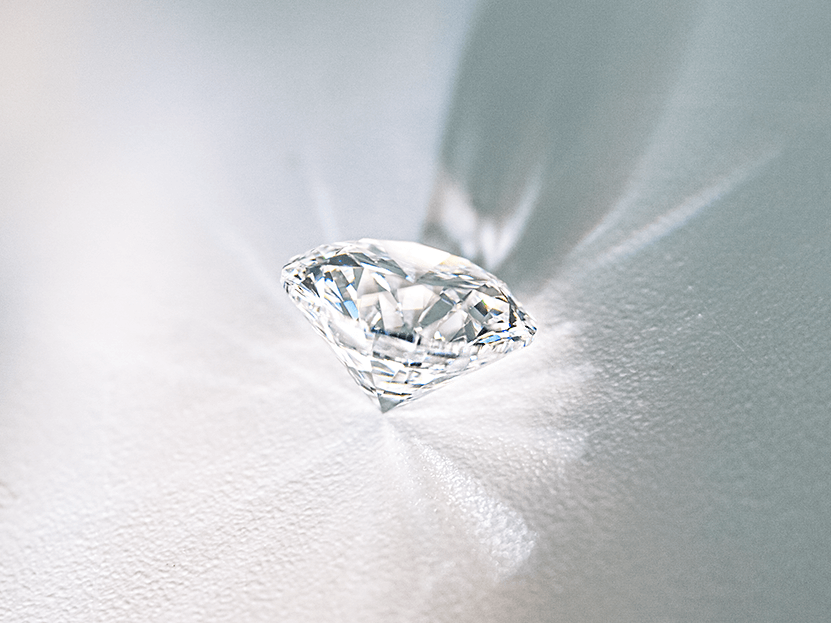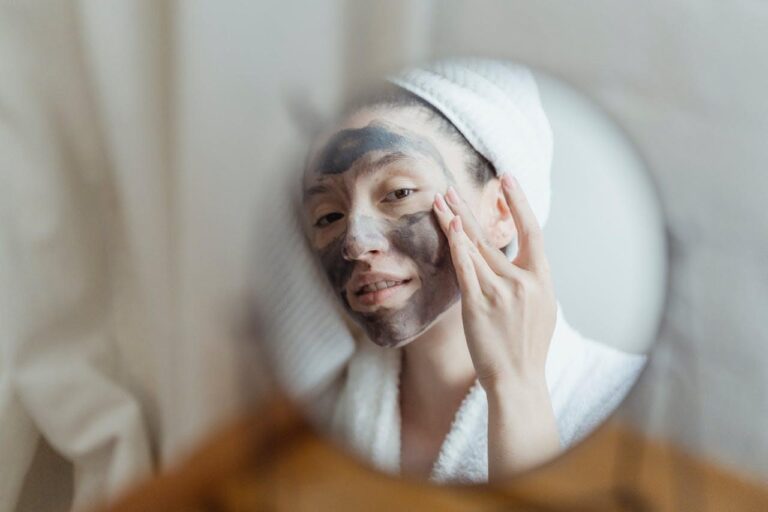
When it comes to safeguarding your eyes from the harsh effects of the sun, sunglasses are a must-have accessory. They not only add a touch of style to your ensemble but also play a vital role in maintaining your eye health.
However, over time, the lenses in your favorite pair of sunglasses can become scratched, damaged, or worn out. In such cases, investing in replacement lenses is the best way to ensure that your eyes are adequately protected.
In this article, we’ll explore the importance of replacement lenses for your sunglasses and provide valuable insights on selecting the right ones.
Table of Contents
The Significance of Sunglasses Lenses
Sunglasses are not just a fashion statement; they serve a crucial purpose in shielding your eyes from the sun’s harmful ultraviolet (UV) rays. Prolonged exposure to UV radiation can lead to a range of eye issues, including cataracts, macular degeneration, and photokeratitis (sunburned cornea).
Quality lenses in your sunglasses act as a barrier against these harmful effects, making them an essential accessory for outdoor activities.
Understanding Replacement Lenses
Replacement lenses are the key to extending the life of your favorite sunglasses. Over time, your lenses may develop scratches, lose their effectiveness, or become outdated due to advancements in lens technology.
In such situations, instead of replacing the entire pair of sunglasses, you can opt for replacement lenses. This is not only a cost-effective choice but also a sustainable one, as it reduces waste by extending the life of your sunglasses frame.
Why Choose Replacement Lenses
1. Cost-Effective
Replacing the lenses in your sunglasses is often more budget-friendly than buying an entirely new pair. High-quality replacement lenses can breathe new life into your favorite frames, saving you money while keeping your eyes protected.
2. Eco-Friendly
In a world increasingly concerned about environmental sustainability, opting for replacement lenses is a responsible choice. It minimizes the waste associated with disposing of old sunglasses and reduces the demand for new materials and resources.
3. Customization
Replacement lenses allow you to personalize your sunglasses to your specific needs and preferences. You can choose different tints, coatings, and materials to suit various activities, from sports to leisurely beach days.
4. Frame Preservation
If you have a sentimental attachment to your sunglasses or adore their design, replacement lenses can help you preserve the frames you love. Upgrading the lenses can make your old sunglasses feel new again.
5. Enhanced Protection
Advancements in lens technology mean that replacement lenses can often offer better protection than the original lenses. Newer materials and coatings provide improved UV protection, glare reduction, and impact resistance.
Selecting the Right Replacement Lenses
Choosing the right replacement lenses is essential to ensure you get the most out of your sunglasses. Here are some factors to consider:
1. Lens Material
Replacement lenses are available in various materials, each with its own set of benefits. The most common materials include:
-
Polycarbonate: Lightweight and impact-resistant, ideal for sports and outdoor activities.
-
Trivex: Offers similar benefits to polycarbonate but with superior optics.
-
Glass: Provides excellent clarity but is heavier and more prone to shattering.
-
Acrylic: Lightweight but less durable and prone to scratches.
Select the material that aligns with your intended use and comfort preferences.
2. Lens Coatings
Lens coatings can enhance the performance and longevity of your replacement lenses. Consider the following coatings:
-
Anti-Scratch Coating: Protects against minor scratches, ensuring your lenses stay clear.
-
Anti-Reflective Coating: Reduces glare, making your vision more comfortable, especially in bright conditions.
-
UV Protection: Ensures that the replacement lenses block 100% of UVA and UVB rays.
3. Lens Tint
Different lens tints are designed for specific activities and lighting conditions:
-
Gray: Reduces brightness and glare while maintaining true color perception. Suitable for general outdoor use.
-
Brown/Amber: Enhances contrast, making it an excellent choice for activities like hiking and cycling.
-
Green: Offers good color balance and is popular for golf and water sports.
-
Mirrored: Reflective coatings provide extra glare reduction, making them ideal for high-glare environments like skiing and snowboarding.
Choose a lens tint that suits your lifestyle and the activities you enjoy.
4. Polarization
Polarized replacement lenses are effective at reducing glare from surfaces like water, roadways, and snow. They enhance visibility and reduce eye strain, making them a great choice for outdoor enthusiasts and drivers.
5. Lens Shape and Size
Ensure that the replacement lenses match the size and shape of your existing frames. Ill-fitting lenses can affect both the aesthetics and functionality of your sunglasses.
6. Brand Compatibility
Some brands offer specific replacement lenses designed to fit their frames. It’s a good idea to check if your sunglasses manufacturer provides replacement options.
Final Thoughts
Sunglasses are more than just a fashion accessory; they are a vital tool in protecting your eyes from the sun’s harmful UV rays. Over time, the lenses in your sunglasses may require replacement due to wear and tear or evolving lens technology. Opting for replacement lenses is a cost-effective and eco-friendly way to extend the life of your favorite frames while ensuring your eyes stay well-protected





